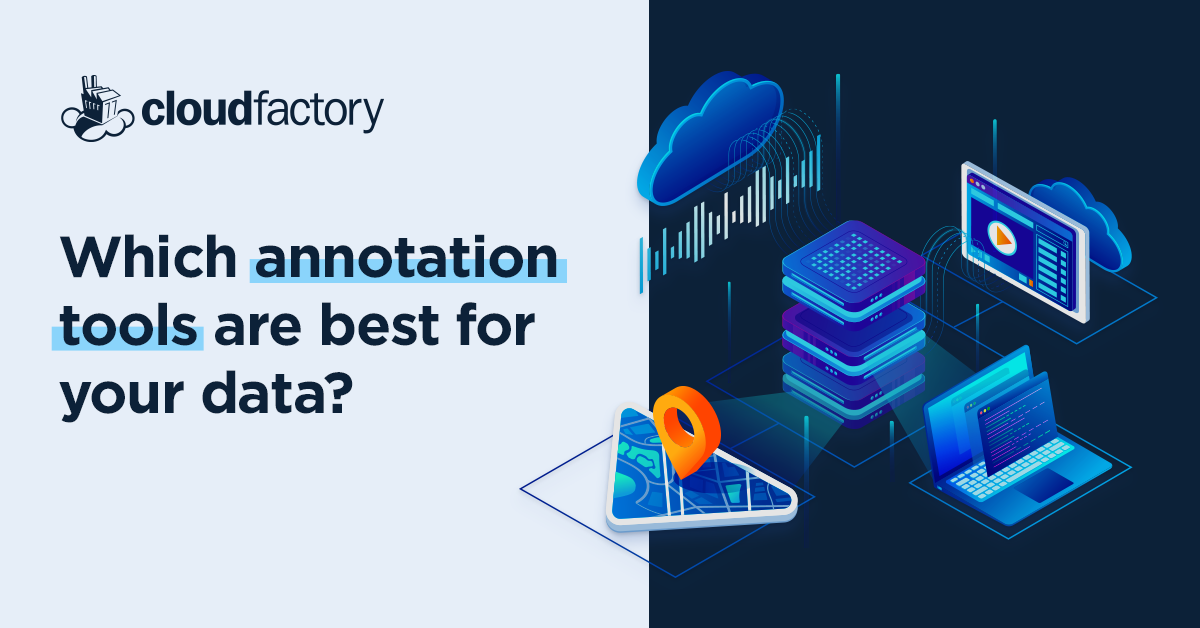
Each image in your dataset must be mindfully and precisely labeled to train an AI or ML system to identify objects in a way as humans do. The images you use to train, authenticate, and test your computer vision (CV) algorithms will hugely influence the success of your AI or machine learning (ML) project.
#Annotate image tool software#
Selecting the Right Image Annotation Software Now that we have a basic understanding of image annotation, let’s move on to the most well-known software tool to annotate images - LabelImg. Both classes are dissimilar and can be labeled as such. For instance, you might annotate the difference between dog breeds: perhaps you’re training an ML model to identify the difference between an Alaskan Malamute and a Husky dog. The complexity of your annotation will differ based on the complexity of your project. Complex Image Annotation: It is defined as a type of image annotation that can be used to recognize, count, or track more than one object or region in an image.For instance, you might annotate the picture of a dog with the label “domestic house dog.” This is also referred to as image classification or tagging. Simple Image Annotation: This technique may include labeling an image with words that best represent the objects mentioned in it.It takes a considerable amount of time to train, validate, and evaluate a model to get the expected result for all these applications. This technique is mainly used to identify objects and boundaries and later categorize them, for instance, meaning or whole-image understanding. Once you deploy the AI model as part of a computer vision application, you want it to be able to perform image recognition on images that haven’t been annotated and, subsequently, make a decision or take the necessary action.


You can use these images to train your model through supervised learning algorithms. Image annotation defines the features you want your ML or DL system to identify. Collect, annotate and train the model until reaching the required model accuracy. The basic concept of image annotation to train a computer vision model. Just like a set of images, the videos can also be annotated continuously, like an image feed or frame by frame. The method of image annotation applies to both image and video annotation. Put simply, image annotation is a kind of data labeling often referred to as tagging, processing, or transcribing. When you conduct image annotation, you are basically adding metadata to a dataset for specifying the ground-truth. In machine learning (ML) and deep learning (DL), image annotation is the technique of labeling or categorizing an image using annotation text, software tools, or both to display the data features you want your ML/DL model to identify on its own.

The image shows an example of the YOLOv3 computer vision algorithm for real-time object detection What Is Image Annotation? LabelImg lets export annotations in the YOLO format.

Therefore, this guide aims to support your evaluation to find the best image annotation software for your current and future projects.įirstly, we will provide an overview to cover the basics of image annotation before moving on to the tool and how LabelImg can be used to annotate images for computer vision. Choosing the right image annotation software is critical for the long-term success of computer vision applications.
#Annotate image tool how to#
This article provides an overview of LabelImg, when to use it, and how to annotate images easily. LabelImg is a lightweight and easy-to-use image annotation tool to label object bounding boxes in images.


 0 kommentar(er)
0 kommentar(er)
